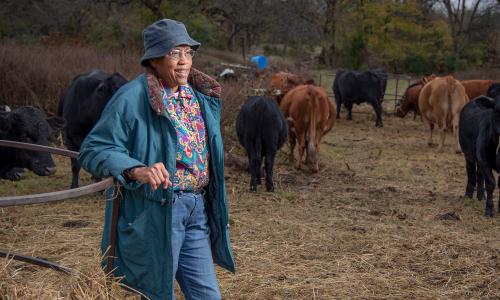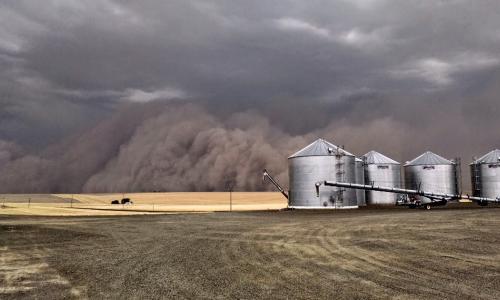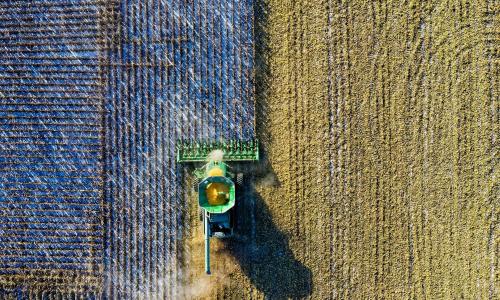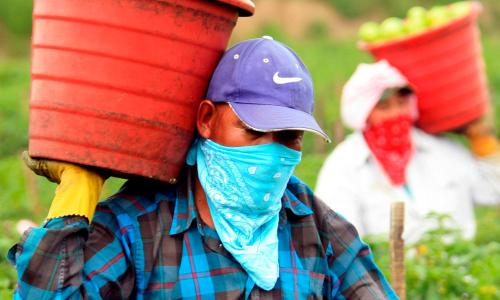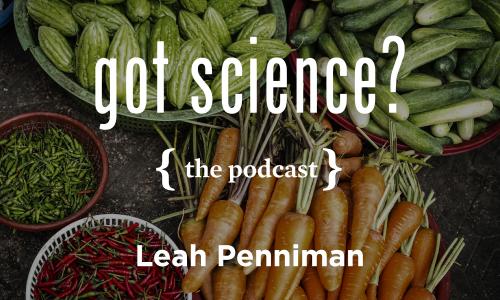The farm bill is a large, multifaceted piece of legislation, renewed by Congress roughly every five years, that shapes federal food and agricultural policy.
The first version of the farm bill passed in 1933, during the Great Depression, and was mostly concerned with helping farmers stay in business when crop prices plummeted. But since then, the bill has grown far more complex and comprehensive, with sections addressing everything from international trade in farm products to the nutritional quality of school lunches to the management of our national forests.
Congress passed the last farm bill in December 2018. It included important wins on issues that UCS fought for, including protecting funding for food aid that keeps millions of US households from going hungry. However, there is much more that the next farm bill could do to make our food and farming system more healthy, sustainable, resilient, and fair.
Transforming our food system through the Farm bill
In recent decades, Congress has passed one farm bill after another creating and reinforcing an inequitable, unsustainable, and unhealthy food and farm system. We can do better.
In September 2022, more than 150 organizations representing tens of millions of people across this country joined together to call for a farm bill that will transform our food and farming system into one that centers equity and racial justice; meets the climate crisis head on; increases access to healthy food; ends hunger; ensures safety and dignity for food and farm workers; protects farms and consumers; and ensures the safety of our food supply.
Centering racial justice
US agriculture—particularly the pursuit of sustainable agriculture—is rife with obstacles for Black people, Indigenous people, and other people of color (BIPOC), including immigrants, migrants, and refugees. These obstacles include difficulty securing capital, credit, land, infrastructure, and information. For these groups, such challenges are compounded by longstanding structural and institutional racism. The next Farm Bill must confront this reality and recognize the immeasurable knowledge and value that farmers and communities of color, Tribal Nations, and food and farm workers add to our food and farm system. Equity and justice must be at the center of every facet of the next Farm Bill if we hope to repair historical and ongoing discrimination against these communities, recognize more fully their contribution to the food and farming system, and eliminate inequities throughout the food and farm economy.
Ending hunger
Too many families do not know where they’re going to get their next meal, and many struggle against hunger and food insecurity as a result of wealth and income inequities often driven by systemic racism. The next Farm Bill must protect and strengthen food assistance programs—such as the Supplemental Nutrition Assistance Program, the largest budget item in the farm bill, which serves as a safeguard to protects families from the consequences of poverty and hunger in hard times—to ensure sufficient access to nutritious food for all people.
Meeting the climate crisis head on
Droughts, floods, and other extreme weather caused by a changing climate hurt farmers, destroying their livelihood and making crop yields unpredictable, unreliable and unsustainable. To help farmers become resilient in the face of climate change, the next Farm Bill must also be a climate bill. We will not avoid the worst effects of climate change unless this nation reduces heat-trapping emissions, including from agriculture. The Farm Bill must invest in research, technical assistance, and financial incentives to enable farmers and ranchers to reduce emissions and to implement farming practices and labor policies that make their farms and workers better able to withstand extreme weather. The next Farm Bill should reward farmers and ranchers who are already implementing such practices, while also enabling others to make these shifts and discouraging farming practices that are harmful to the environment and public health.
Increasing access to nutritious food
Diet related diseases, such as heart disease and diabetes, and associated health care costs continue to grow. Too many families have lost loved ones to these preventable diseases, as poor nutrition has become the leading cause of U.S. deaths—surpassing smoking—and racial inequities in our society frequently leave communities of color without access to nutritious foods. The next Farm Bill must tackle this crisis by improving nutrition security, defined as “consistent and equitable access to healthy, safe, affordable foods essential to optimal health and well-being” for all.
Ensuring safety and dignity for food and farm workers
The COVID-19 pandemic revealed the vulnerability of the 20 million food and farm workers declared essential to feeding our nation. The next Farm Bill must invest substantially in the people who plant, harvest, process, transport, sell, and serve our food and administer our food programs, ensuring safety and a living wage, along with access to health care, clean housing, and the right to organize and join a union. Food and farm workers deserve protection from pesticides and extreme heat, with real consequences for employers that endanger their workers. Also needed are new avenues to support the aspirations of farmworkers who wish to become farmers, and access to citizenship for workers in the U.S. food chain that does not tie them to exploitative labor practices and systems.
Protecting farmers and consumers
Fair competition is essential to a healthy economic system. Anti-competitive practices are harming small-scale farmers, workers, and consumers; hollowing out rural communities; and damaging our environment. The Farm Bill can promote competition in the food and agriculture sectors by challenging anticompetitive food and agriculture practices, while increasing long term investments in local and regional food processing and distribution. This would level the playing field for farmers and offer more and better choices to consumers.
Ensuring the safety of our food supply
Thousands of people in our country die every year from foodborne illness and millions more are sickened by pathogens in meat, poultry, produce, and drinking water. Recent food safety failures have highlighted gaps in our food safety net that place consumers at unacceptable risks from pathogens. The next Farm Bill must do more to address pathogens that originate on factory farms and to make the U.S. food supply safe for everyone.

